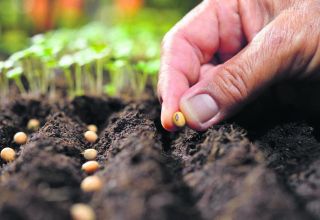September is generally a cooler, gustier month than August and the days are noticeably shorter. While there’s not as much to do in the ornamental garden at this time of the year, if you have a fruit or vegetable patch, you’ll be busy reaping the rewards of harvest. It’s also time to get out and start planting spring-flowering bulbs for next year and you can collect seeds for next summer’s colour too. Make the most of the remaining warmth while you can!
September is not all toil, though. It’s a time to take note and plan for next year, whether that’s visiting an inspirational nursery with a great display garden or scrutinising your own garden for gaps. Take photos on your phone, make notes and mark up the bits which haven’t gone as well as expected. Later in autumn, when you are digging up and dividing, you’ll have an excellent visual reference of what to move and what gaps need to be plugged.
Meanwhile, here are some jobs to be getting on with.
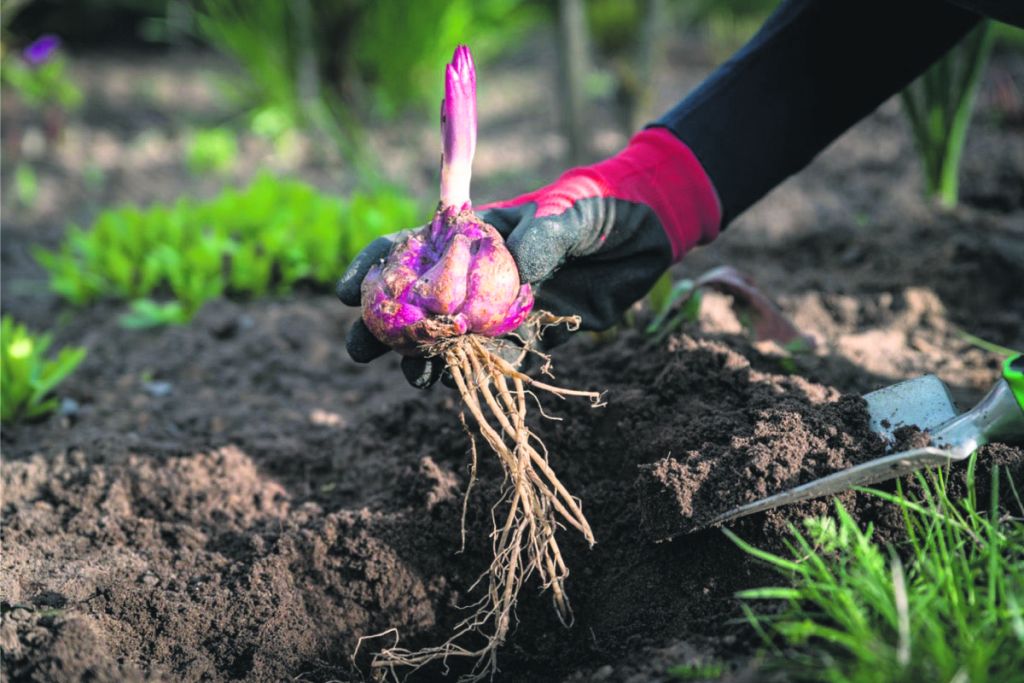
1. Now is the time to be thinking about spring bulbs
September is the ideal time to be planting hardy spring-flowering bulbs such as narcissus (daffodil), hyacinth and crocus. These bulbs will do best in a warm, sunny spot and they all love good drainage.
If you’re planting them in a bed or border, dig a hole about four times the depth of the bulb. Put a layer of sand and grit in the bottom of the hole to aid drainage.
Cover this with a little compost, then plant the bulbs under about two bulb’s worth of depth of soil.
Try to bunch six to ten bulbs together in one spot, placed one bulb’s width apart, or line a path with them for an impressive display.
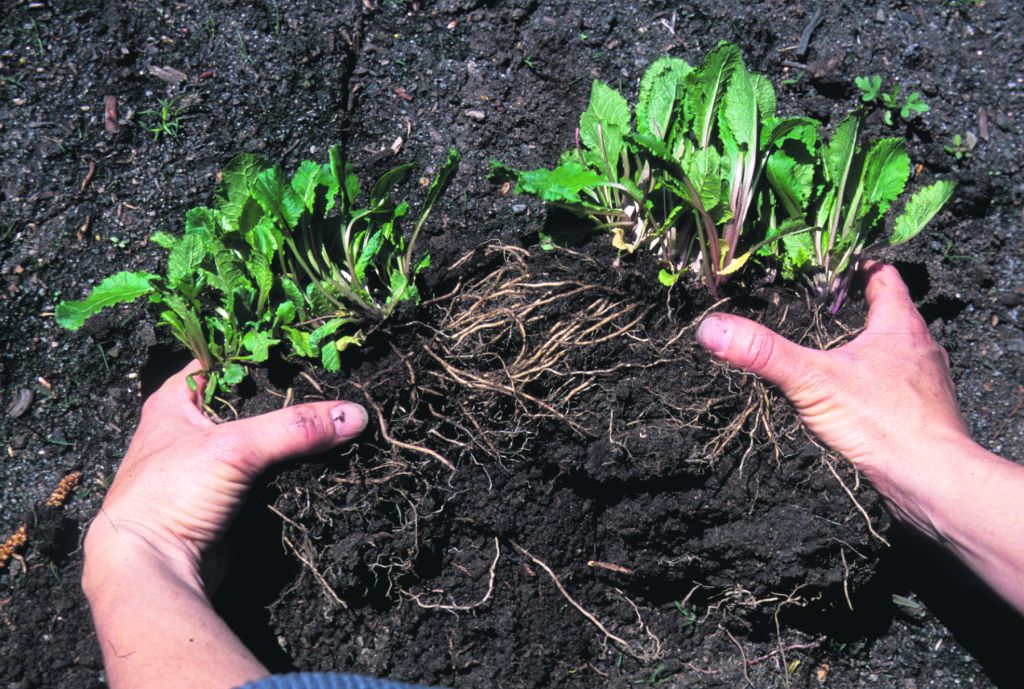
2. Lift and divide perennials
Summer-flowering herbaceous perennials can be lifted and divided in September when they’ve finished flowering and the soil is still warm enough to aid new root development.
In fact, most perennials need to be divided every two to three years, otherwise they get too big for the space they’re in and become congested – it will also increase plant stock for free!
Gently dig out the plant with a fork to not sever plant roots. Once the plant is out, divide it in a way suitable to its type.
Small fibrous-rooted plants like hostas, can be gently teased into two with your fingers.
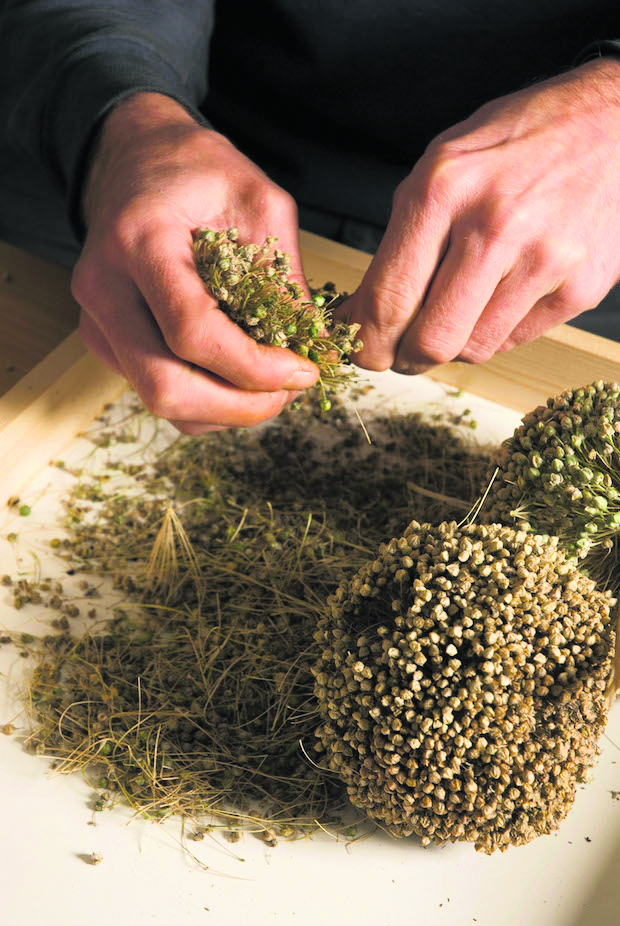
3. Save seeds and plan for next spring
Save seeds to sow next year (remembering to label the bags) and remove seed heads of any nuisance plants, but in general you want to leave as many seedheads as you can for wildlife.
4. Lengthen the tomato ripening weeks
Pull leaves away from tomato trusses allowing all the sunlight to reach ripening fruits.
Outdoor tomatoes are in danger of blackening overnight without protection, but experiment with cutting them down from their supports and laying them on fleece before you cover them with a polythene tunnel, so the fruit can continue to grow and ripen for a few more weeks. It is possible this way to enjoy at least three more weeks from our outdoor vines. You can ripen tomatoes by covering them with a polythene tunnel.
5. Plant a hedge
September is a good time for planting hedges. The soil is still warm and there is usually plenty of rain. It’s traditional to plant a mixed native hedge in the spring, but there’s been success with autumn planting. Evergreen hedging can be planted now, too, but don’t leave this any later than October as plants may be damaged by frost.
6. Start to think about garlic and overwintering onions
Garlic and overwintering onions are planted out from now till the end of October but get your order in as soon as possible or you will be picking over the spoils. Get used to regularly overwintering onions; try Japanese ‘Shensyu Yellow’, and ‘Radar’ for red onions. Garlic does best planted out as early as you can; ‘Solent Wight’ and ‘Cristo’ are both reliable and hardy. Onions need to be spaced 20cm apart each way; garlic is best at 18cm each way. Choose your sunniest spot.
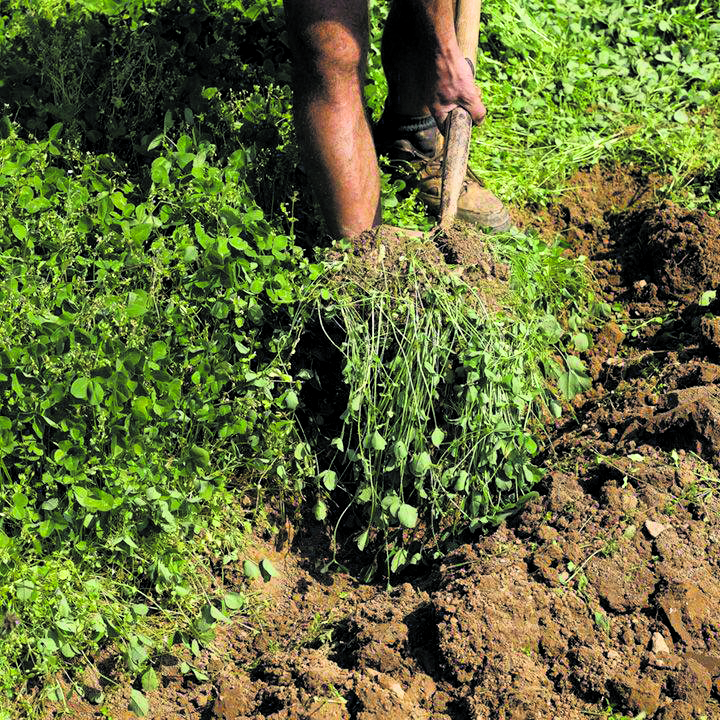
7. Let green manure take over
When you think you’ve harvested your last potatoes, carefully dig over the veg bed, collect those that were still lurking under the surface, and then dig over ready to plant some green manures. These green manures are useful in many ways; they protect the soil from erosion over winter, reducing the potential of any leaching of mineral and nutrients, and protect soil structure, as well as boosting nutrients when dug into the soil. They also provide a green carpet that helps provide shelter for beneficial insects through the winter, such as ground beetle, and if you leave a patch to flower, they are loved by pollinators – Phacelia tanacetifolia for example, is one of the best nectar sources for the honeybee, bumble bee and hoverfly.
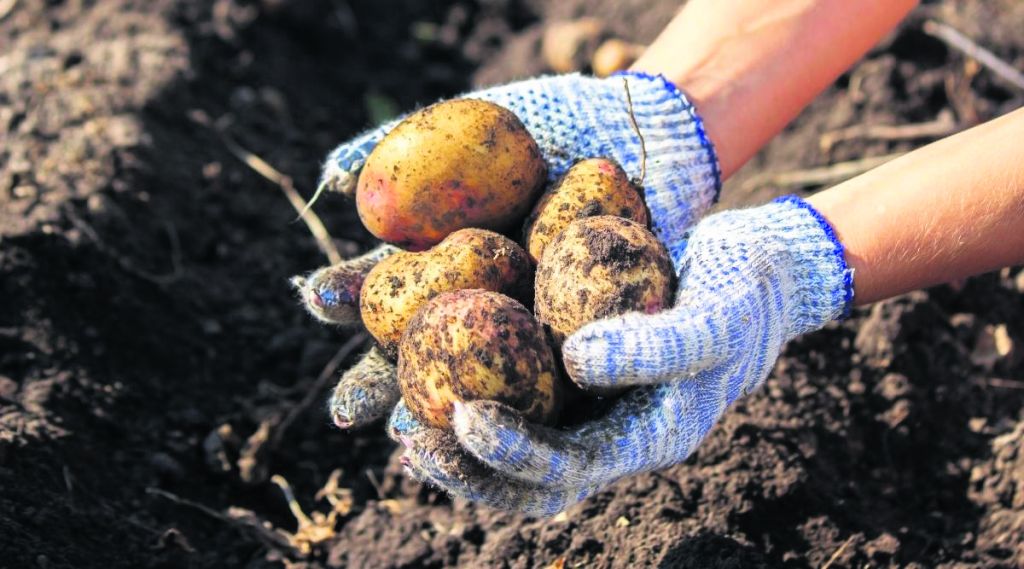
8. It’s the last chance:
To give box hedges a trim before the winter. If you leave it much later the soft new growth pruning encourages might get caught by the first frosts.
To sow new grass seed. Capitalise on wet weather and warm soil and repair small threadbare patches by scattering on lawn seed.
To lift potatoes. They all need to be dug by the end of the month otherwise they’ll be slugged to death and become inedible. Choose a dry day and let them dry out on the soil before bagging only those without any blemishes or fork damage. Store somewhere dark, dry and frost-free.
To put in orders for spring bulbs. Think ahead and ensure you have bulbs that will flower in every month giving you a succession of colour.
To order bulbs for forcing indoors such as hyacinth and paperwhite narcissus.






